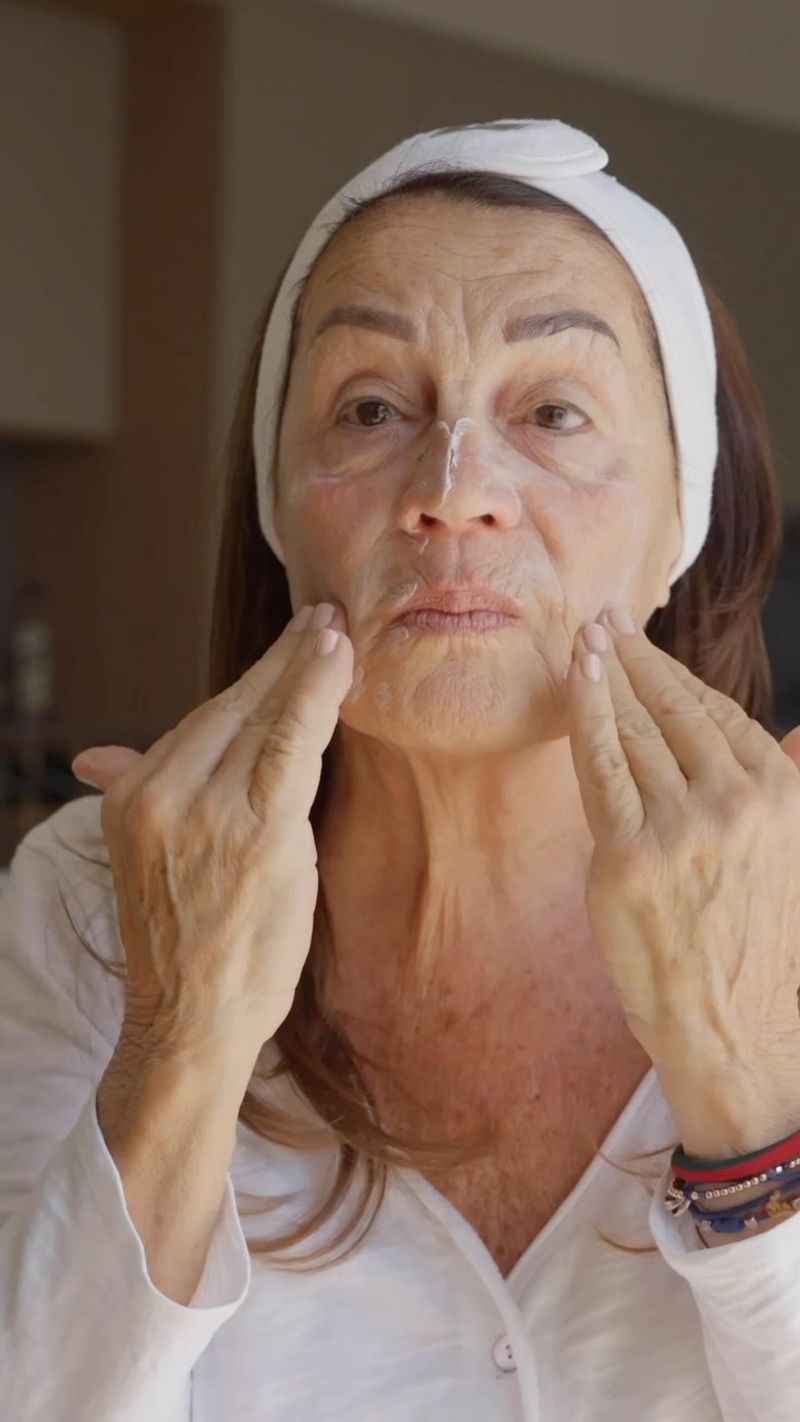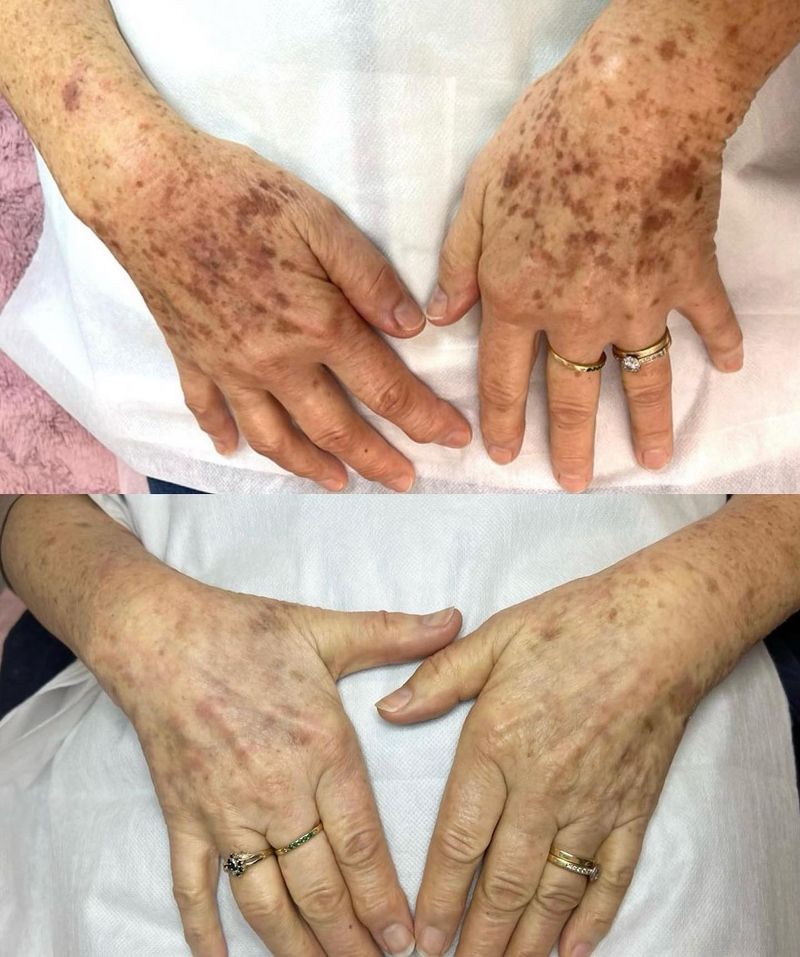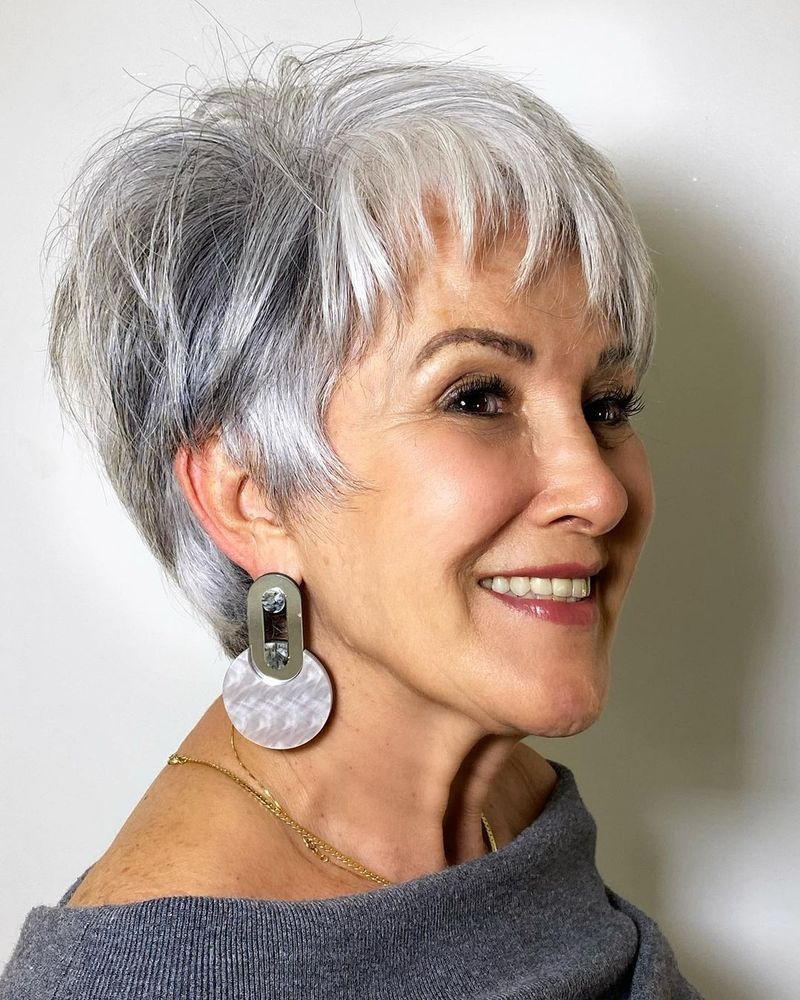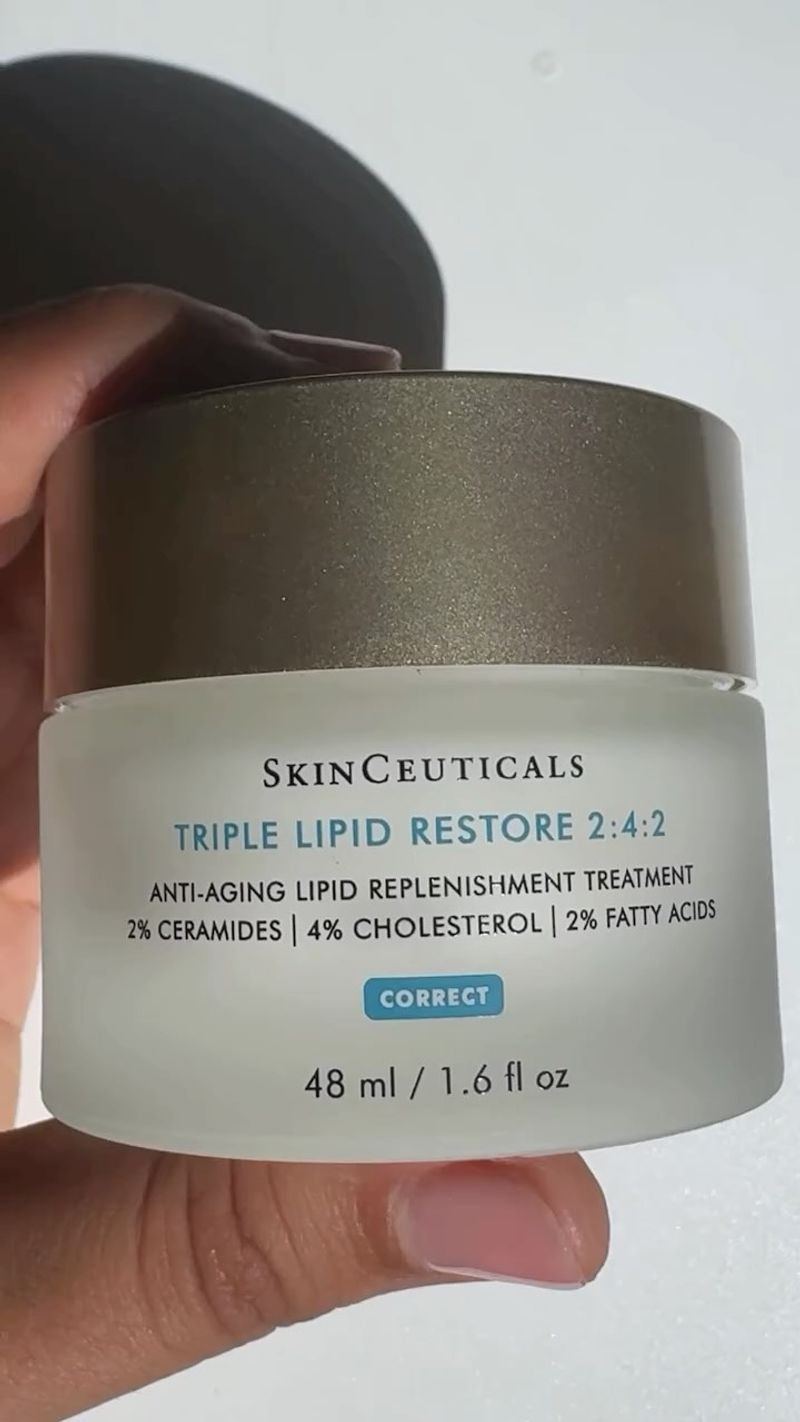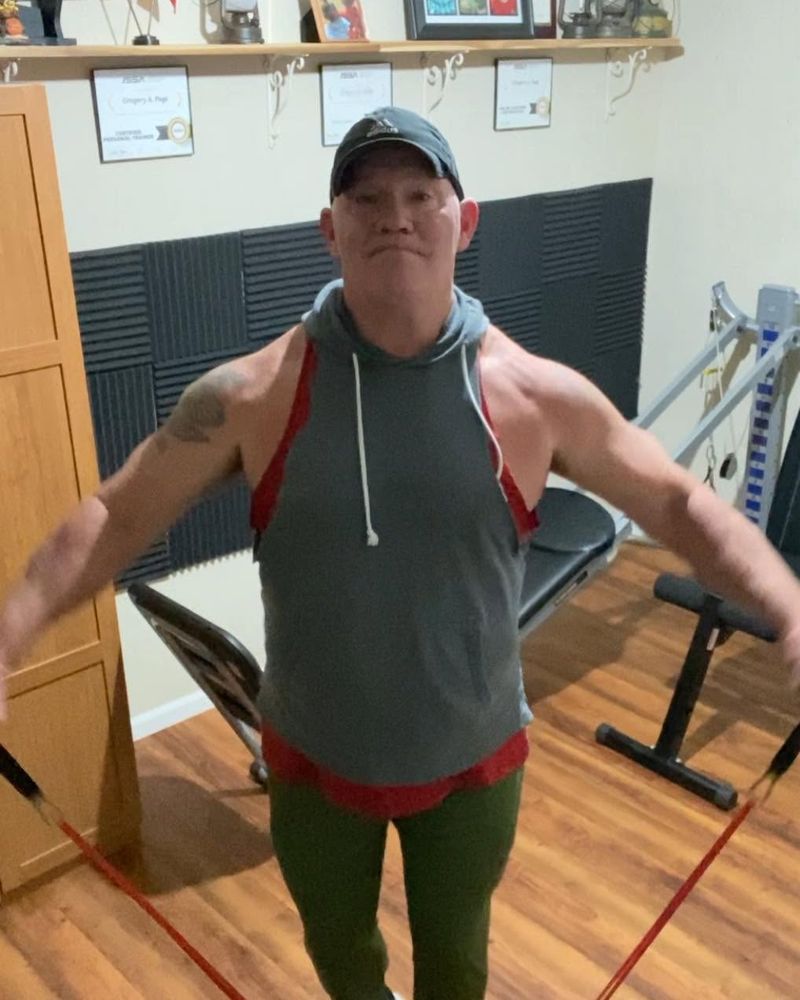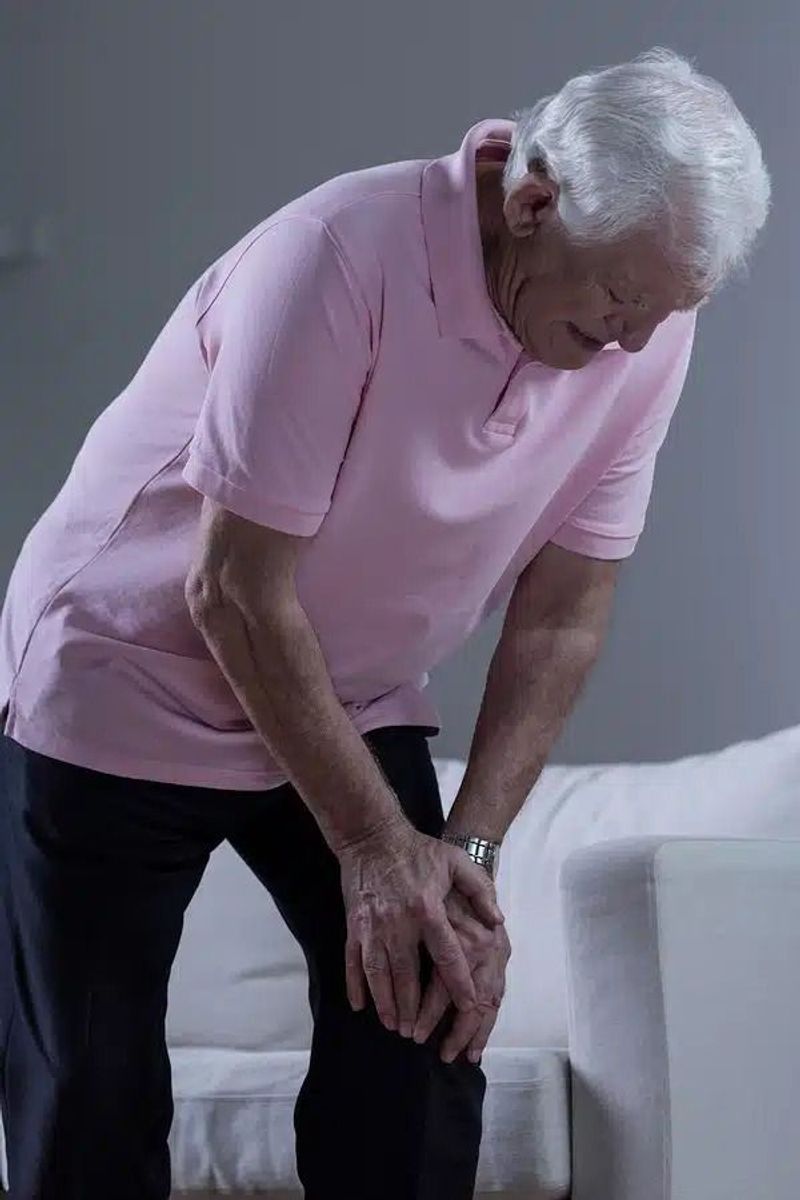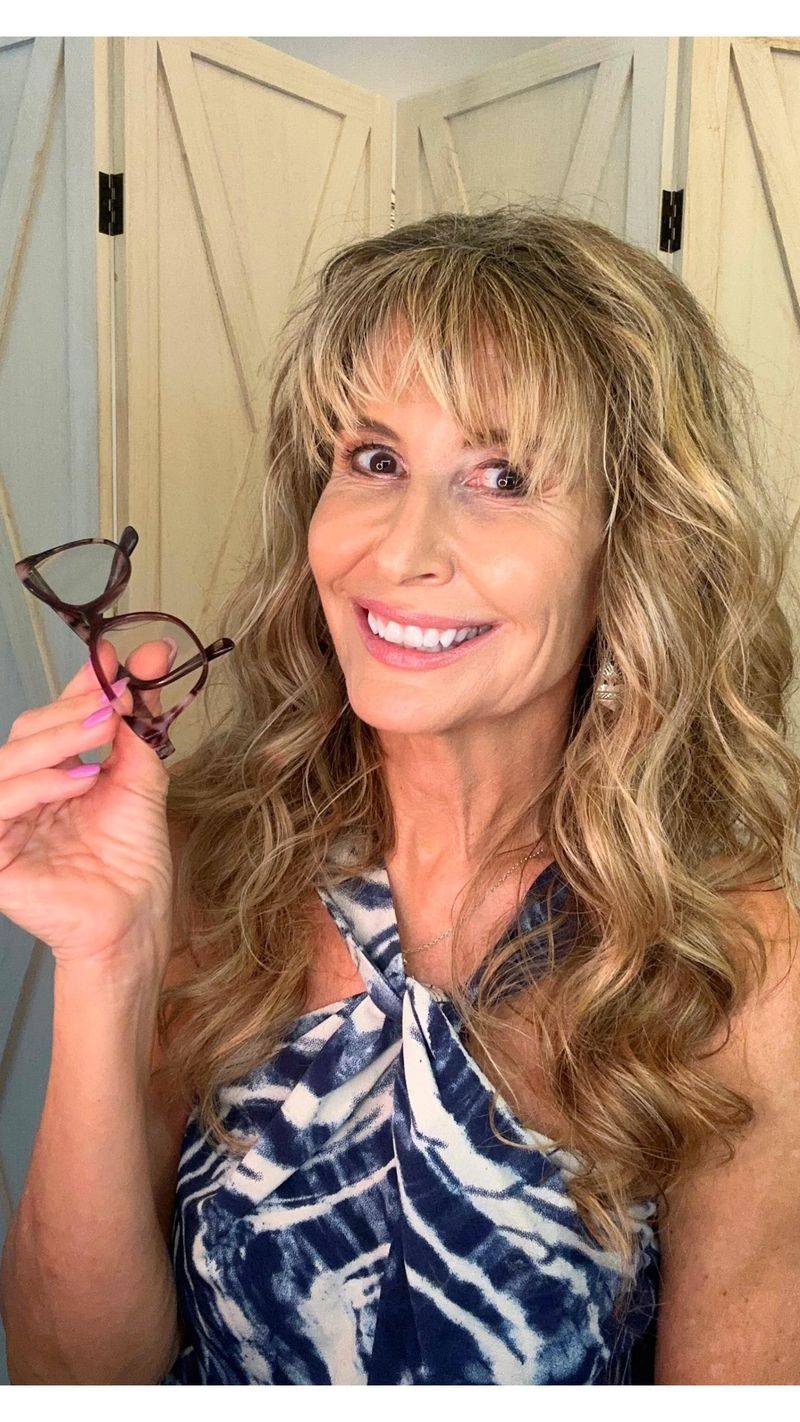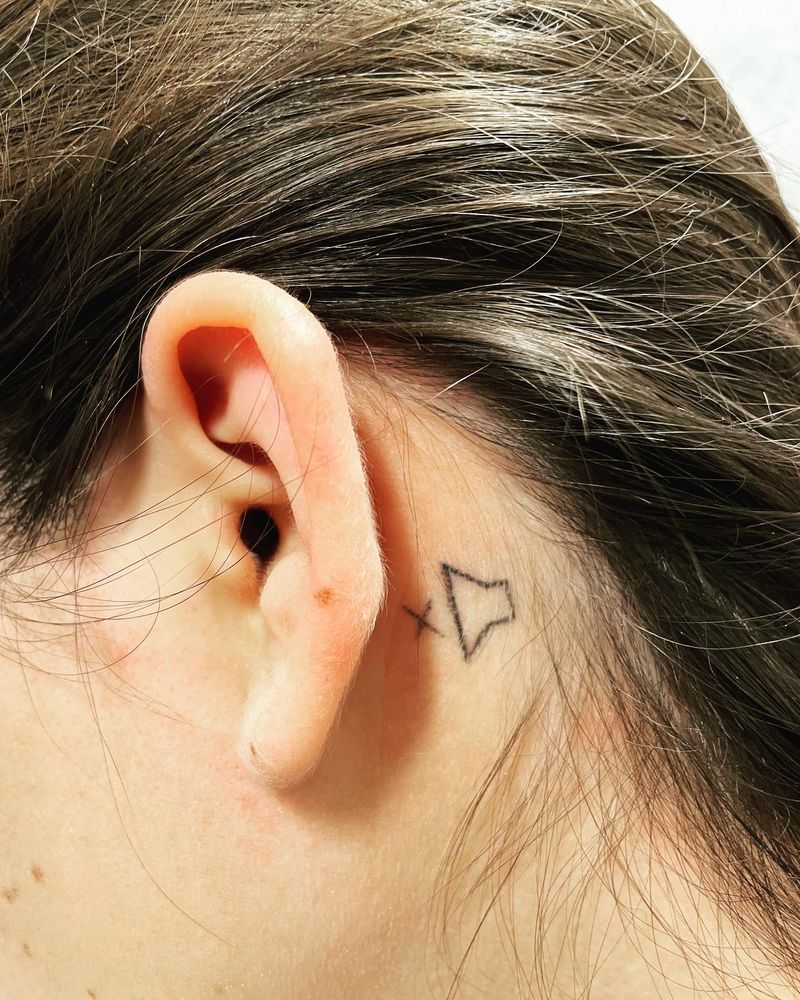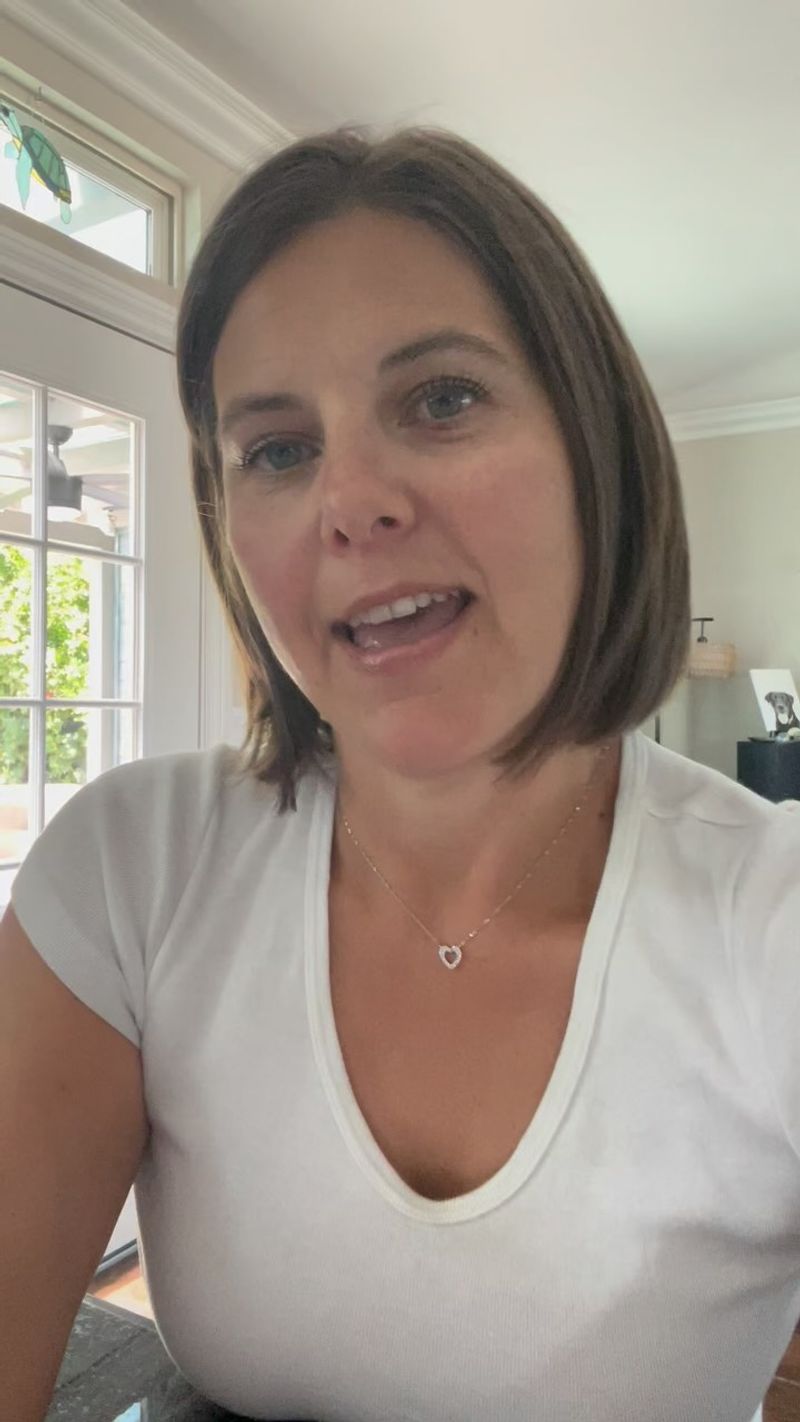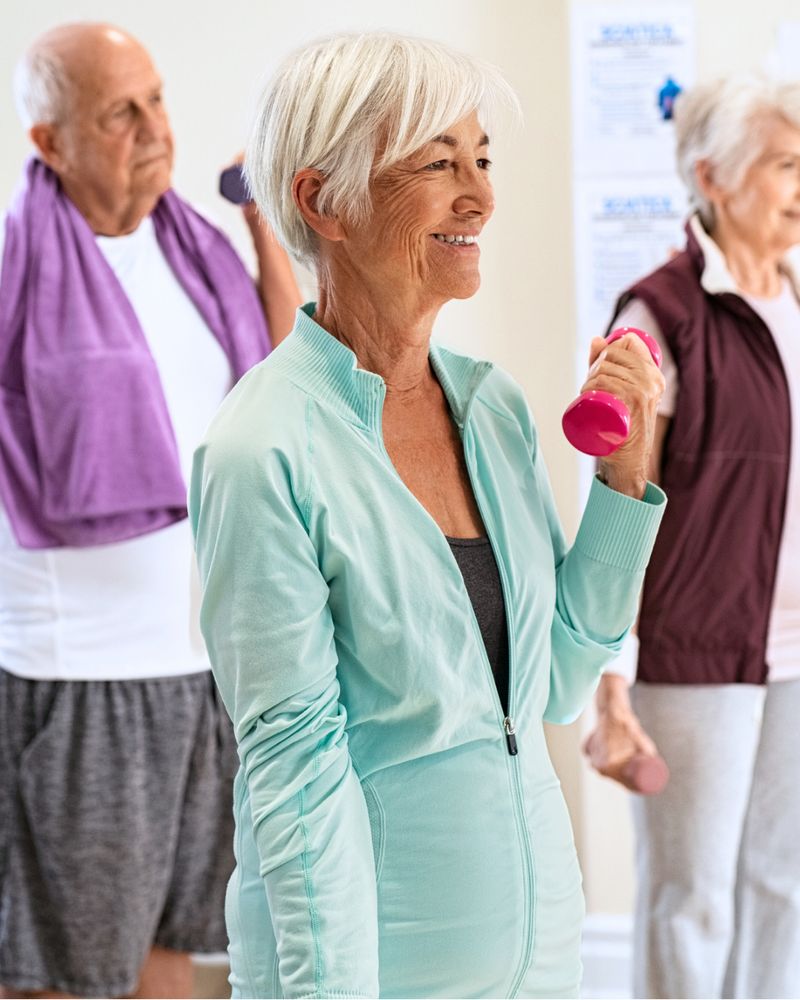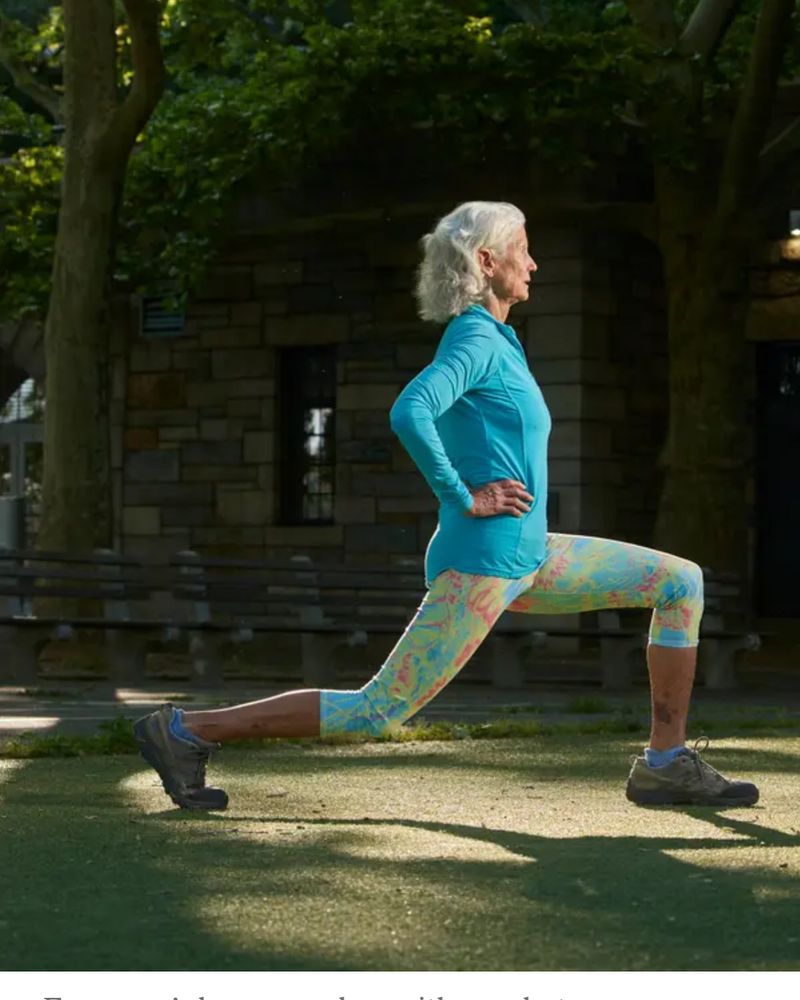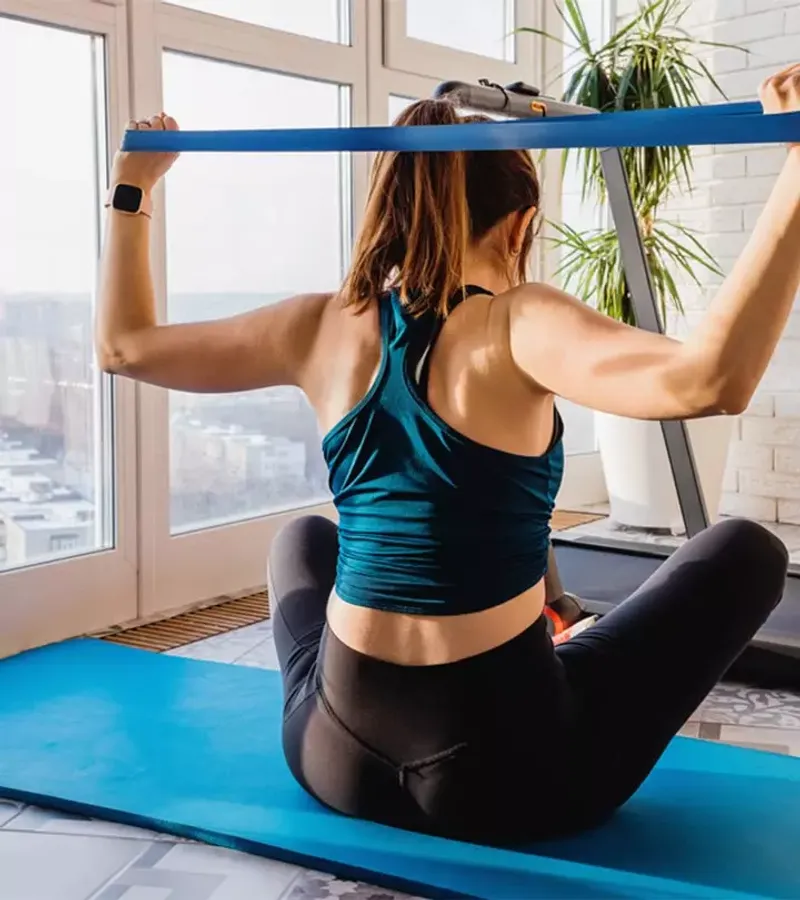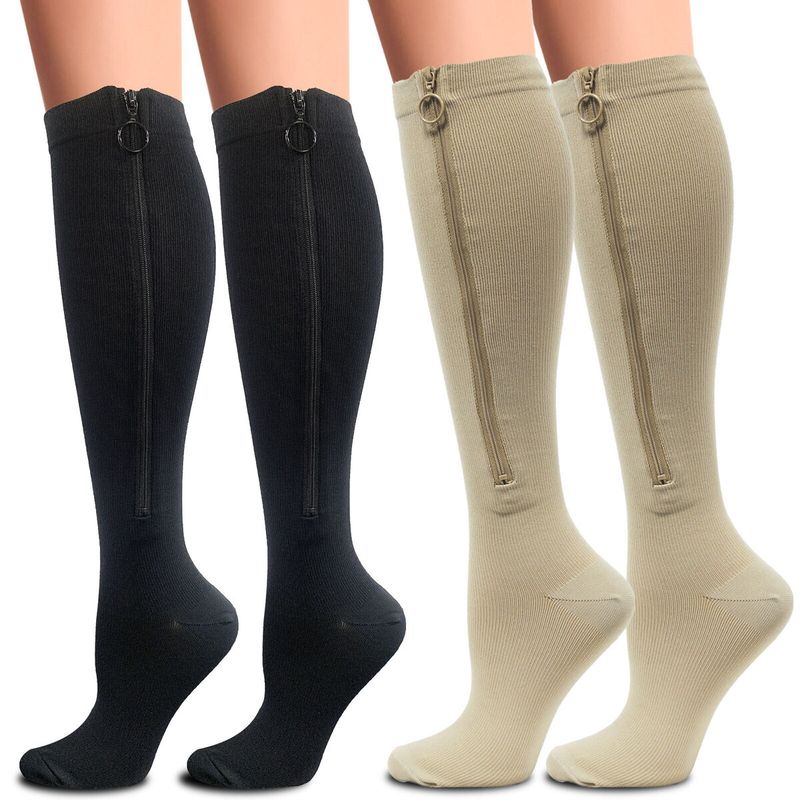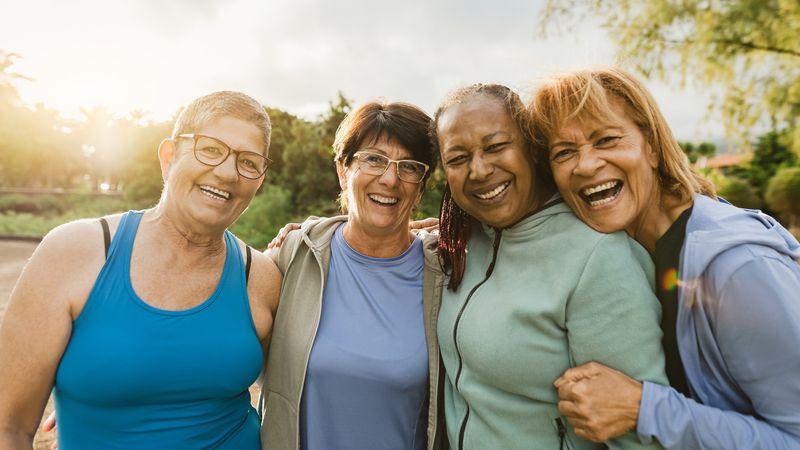15 Aging Signs That Show Up In Your 60s And How To Handle Them
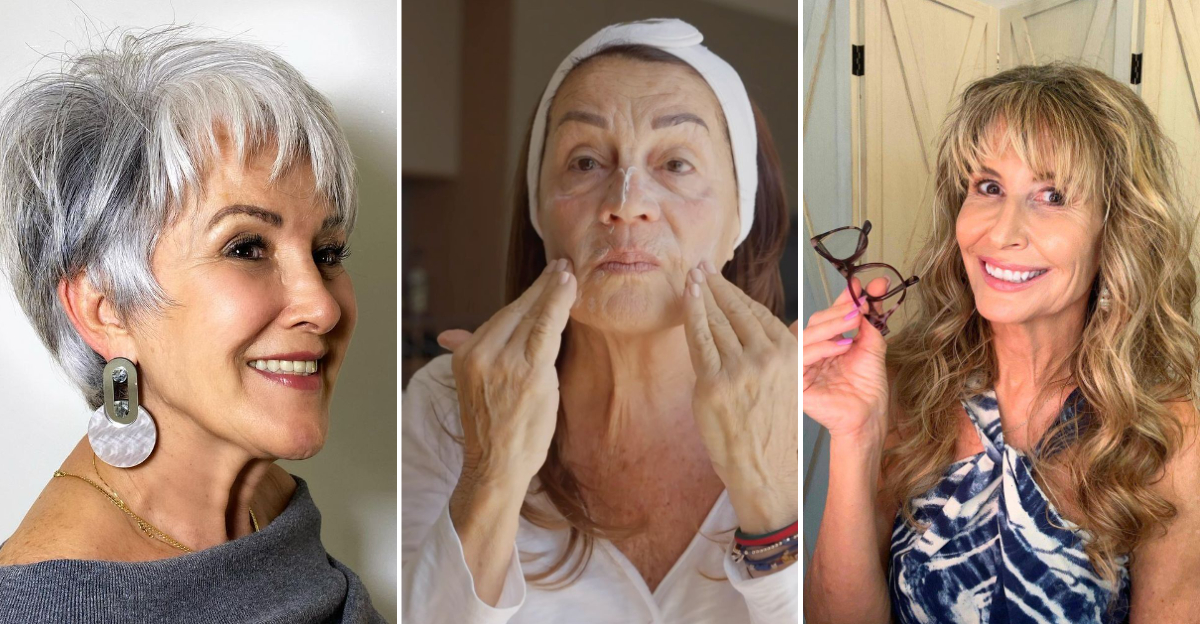
Remember when you thought 60 was ancient?
Now here we are, wondering where the years went!
I’ve noticed my body changing in ways I never expected, and chances are, you’re experiencing the same.
Growing older brings wisdom and perspective, but it also comes with physical changes that can catch us off guard.
Let’s talk about the common signs of aging that appear in our 60s and, more importantly, what we can do about them.
1. Wrinkles That Tell Stories
Those lines on your face? They’re a roadmap of your laughter, worries, and sunshine-filled days. When I first noticed my crow’s feet deepening, I panicked a bit. Then I remembered my grandmother saying wrinkles were just proof of a life well-lived.
Hydration is your skin’s best friend now. I’ve found that drinking more water and using a good moisturizer with hyaluronic acid makes a noticeable difference. Retinol products can help too, but start slowly to avoid irritation.
Embrace a gentle skincare routine with products specifically formulated for mature skin. And remember – those wrinkles earned their place on your face. They’re badges of honor, not flaws to erase completely.
2. Age Spots Making Their Mark
Suddenly those freckle-like spots are popping up on my hands and face. They used to be called ‘liver spots,’ though they have nothing to do with liver health. They’re simply areas where sun exposure has caused melanin to cluster over the years.
Prevention remains the best approach – I never leave home without sunscreen now, even on cloudy days. For existing spots, over-the-counter fade creams with ingredients like vitamin C, kojic acid, or niacinamide can help lighten them gradually.
For more stubborn spots, talking to a dermatologist about prescription treatments or procedures like laser therapy might be worth considering. Many of my friends have had great results with professional treatments.
3. Hair Thinning and Texture Changes
My once-thick mane has definitely lost some of its fullness. Hair follicles shrink with age, producing thinner, shorter hairs. Plus, the rate of growth slows down, and many of us experience some degree of hair loss.
Volumizing shampoos and conditioners have become my bathroom staples. They don’t actually create new hair, but they make what I have look fuller. Avoiding harsh chemical treatments and excessive heat styling helps prevent further damage.
For more significant thinning, minoxidil (the active ingredient in Rogaine) works for many people of all genders. Some of my friends swear by biotin supplements too. And honestly, sometimes a new haircut designed specifically for thinner hair can make a world of difference.
4. Sagging Skin Struggles
Gravity seems to have a stronger pull on my skin these days! The decline in elastin and collagen production means our skin doesn’t bounce back like it used to. The jawline softens, and things start heading south.
Facial exercises have surprisingly helped me tone the muscles under my skin. Simple movements like exaggerated smiles and cheek lifts, done consistently, can make a difference. Skincare with peptides and growth factors supports collagen production, though results take time.
Non-invasive treatments like ultrasound therapy or radiofrequency treatments are options I’ve researched. They stimulate collagen production without surgery. Whatever route you choose, don’t forget that confidence and good posture can visually counteract some sagging.
5. Dry Skin That’s Always Thirsty
My skin seems perpetually parched now, no matter how much water I drink. Our oil glands become less active with age, and the skin’s moisture barrier weakens. Winter months are especially challenging when indoor heating sucks out what little moisture remains.
I’ve switched to gentler, fragrance-free cleansers that don’t strip natural oils. Immediately applying moisturizer after showering helps lock in moisture. Humidifiers have become my secret weapon, especially during dry seasons.
For extremely dry patches, petroleum jelly or thick creams with ceramides work wonders. And though it sounds counterintuitive, exfoliating gently once a week removes dead skin cells that prevent moisturizers from penetrating effectively. My dermatologist recommended limiting hot showers too – they feel amazing but worsen dryness.
6. Muscle Mass Saying Goodbye
Opening jars has become a real challenge lately. We naturally lose muscle mass as we age – a process called sarcopenia – which can affect strength, balance, and metabolism. I first noticed it when carrying groceries up the stairs left me winded.
Resistance training has been a game-changer for me. Even light weights or resistance bands used regularly can help maintain and even rebuild some muscle. Protein intake becomes more important too, as our bodies become less efficient at processing it.
I aim for strength training exercises at least twice weekly, focusing on all major muscle groups. Adding protein to every meal helps provide the building blocks my muscles need. The good news is that it’s never too late to start – studies show even people in their 90s can build strength with appropriate exercise!
7. Creaky Joints and Morning Stiffness
Getting out of bed takes a bit longer these days. My joints seem to need extra time to warm up, especially first thing in the morning. The cartilage cushioning our joints naturally wears down over time, and inflammation becomes more common.
Gentle movement helps tremendously – I never skip my morning stretches now. Low-impact activities like swimming, walking, and tai chi keep joints flexible without causing additional stress. Maintaining a healthy weight reduces pressure on knees and hips too.
Anti-inflammatory foods have become staples in my kitchen – berries, fatty fish, and turmeric feature regularly in my meals. For occasional discomfort, I alternate between heat therapy for stiffness and cold packs for inflammation. Glucosamine supplements work for some people, though the evidence is mixed.
8. Vision Changes Requiring Adjustments
Holding menus at arm’s length became my norm before I finally admitted I needed reading glasses. Presbyopia – the gradual loss of our eyes’ ability to focus on nearby objects – affects nearly everyone by their mid-60s. Night driving has become more challenging too.
Regular eye exams are non-negotiable now. Early detection of age-related conditions like cataracts, glaucoma, or macular degeneration makes a huge difference in treatment outcomes. Good lighting has become essential for reading and detailed work.
I’ve embraced magnifiers and large-print options when available. Blue light filters on my devices help reduce eye strain during screen time. And those stylish reading glasses? I’ve got pairs stashed everywhere – in my purse, by the bed, in the kitchen – because I know I’ll need them at the most inconvenient moments!
9. Hearing Loss Creeping In
Family gatherings got more challenging when I realized I couldn’t follow conversations with background noise. Age-related hearing loss usually happens gradually, affecting high-frequency sounds first – like women’s and children’s voices or certain consonants.
Protecting what hearing remains is crucial. I’m mindful about noise exposure now, using earplugs at concerts or when using power tools. Regular hearing checks help track changes and determine when intervention might help.
Modern hearing aids are nearly invisible and technologically impressive, connecting to smartphones and adjusting automatically to different environments. For milder hearing issues, simple strategies help – facing the person speaking, reducing background noise during important conversations, and not being shy about asking people to speak more clearly (not just louder).
10. Metabolism Slowdown Surprises
Those extra pounds around my middle appeared despite not changing my eating habits. Our metabolism naturally slows with age, partly due to decreased muscle mass. For me, the surprise wasn’t just weight gain but how it redistributed to my midsection.
Adjusting portion sizes has helped me maintain a healthy weight. I focus on nutrient-dense foods rather than empty calories, ensuring I get the vitamins and minerals my body needs without excess calories. Protein at every meal helps preserve muscle mass.
Regular movement throughout the day keeps my metabolism active. Even small changes make a difference – standing while on the phone, taking the stairs, or parking farther from store entrances. The good news is that metabolism responds to activity at any age, so it’s never too late to make positive changes.
11. Memory Hiccups Becoming Common
Walking into a room and forgetting why I’m there happens more frequently now. Mild memory changes are normal in our 60s – particularly with names, where we put things, or details of recent events. Our processing speed slows a bit too.
Brain-healthy habits have become part of my routine. Regular physical exercise increases blood flow to the brain, while mental challenges like puzzles, learning new skills, or playing strategy games help maintain cognitive function. Social connections provide mental stimulation too.
I’ve developed systems for remembering important things – keeping keys in the same place, using smartphone reminders, and writing notes. Reducing stress helps my memory function better, as does getting adequate sleep. While some changes are normal, significant memory problems that interfere with daily life warrant a discussion with a healthcare provider.
12. Bone Density Decline Concerns
My annual checkup revealed I’d lost some bone density – a common but serious concern as we age. Women are especially vulnerable after menopause when estrogen levels drop, but men experience bone loss too, just more gradually.
Weight-bearing exercise has become essential to my routine – walking, dancing, or light weights help stimulate bone maintenance. Calcium and vitamin D are crucial nutrients for bone health, though absorption becomes less efficient with age.
Fall prevention has taken on new importance since fractures heal more slowly now. I’ve removed tripping hazards in my home, improved lighting, and added grab bars in key locations. For those with significant bone loss, medications can help slow or even reverse the process – something worth discussing with your doctor during regular screenings.
13. Posture Changes Affecting Height
My daughter mentioned I seemed shorter at our family gathering, and she was right! The discs between our vertebrae lose fluid and compress over time. Combined with muscle weakening and potential bone loss, many of us lose an inch or more of height by our late 60s.
Core-strengthening exercises have helped me maintain better posture. Simple moves like gentle back extensions and abdominal strengthening support the spine. Yoga and Pilates are excellent for improving alignment and body awareness.
Being mindful of posture throughout the day makes a difference too. I check myself regularly – shoulders back, head aligned over spine, not hunched over devices. Ergonomic furniture supports proper positioning, and stretching breaks prevent stiffness from prolonged sitting. Good posture not only helps with appearance but also reduces pain and improves breathing.
14. Varicose Veins Making Appearances
Those bluish, bulging veins on my legs aren’t just a cosmetic concern. Varicose veins develop when valves in the veins weaken, allowing blood to pool instead of flowing efficiently back to the heart. They can cause aching, swelling, and sometimes more serious complications.
Elevating my legs when possible helps with both prevention and symptom relief. Compression stockings have become a wardrobe staple, providing support that improves circulation. Avoiding prolonged standing or sitting prevents blood from pooling.
Regular walking stimulates calf muscles, which help pump blood upward against gravity. For existing varicose veins, medical treatments range from sclerotherapy (injecting a solution to collapse the vein) to laser procedures. I’ve found that maintaining a healthy weight reduces pressure on leg veins too.
15. Energy Levels Taking Dips
Afternoon fatigue hits harder than it used to. Multiple factors contribute to energy changes in our 60s – from natural hormonal shifts to medication side effects, reduced physical conditioning, or even underlying health conditions.
Pacing myself through the day works better than pushing through exhaustion. I’ve learned to schedule important activities during my peak energy times, usually mornings. Short rest periods help me recharge without interfering with nighttime sleep.
Regular physical activity paradoxically increases energy levels overall. Even on tired days, a short walk often revives me. Staying hydrated and eating smaller, more frequent meals prevents energy crashes from dehydration or blood sugar fluctuations. Persistent fatigue warrants a medical check, as it could signal treatable conditions like anemia, thyroid issues, or sleep apnea.

